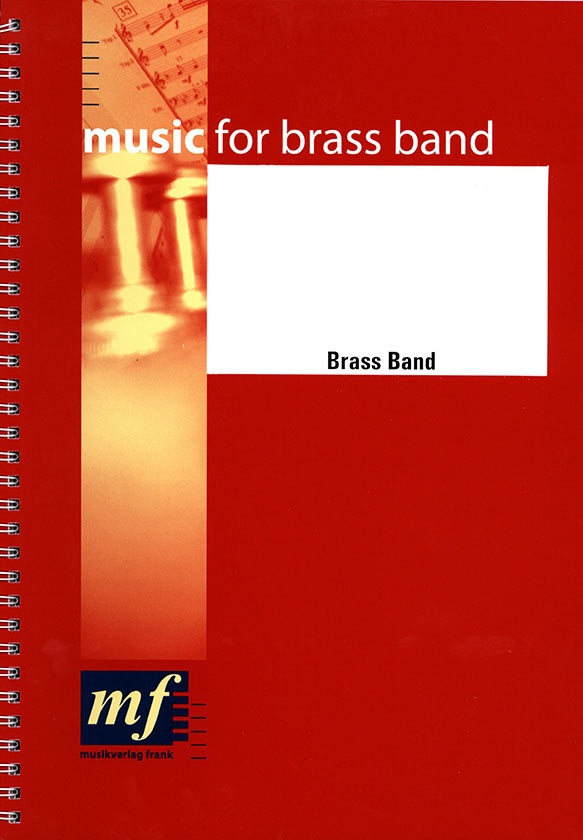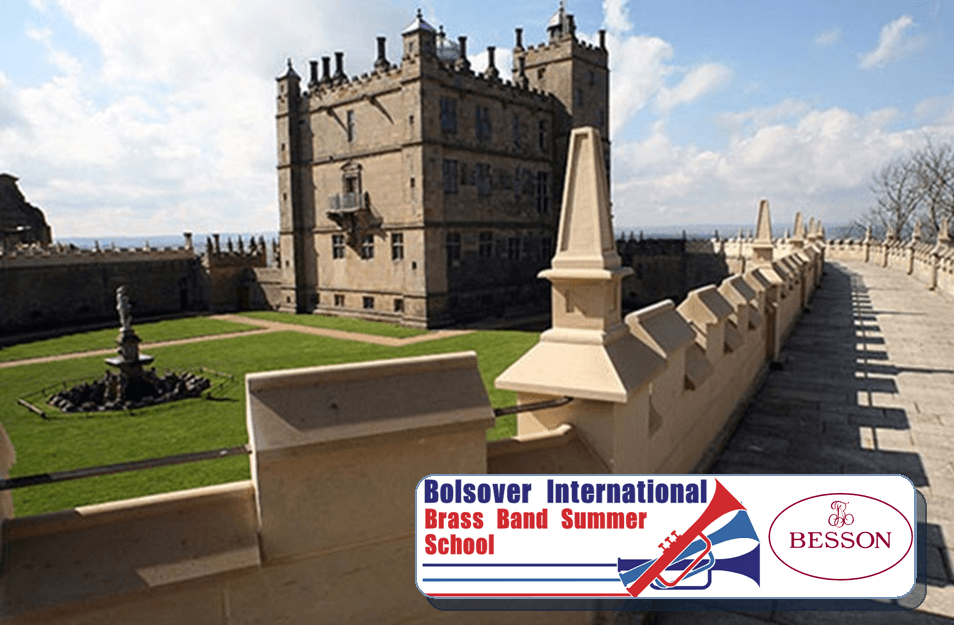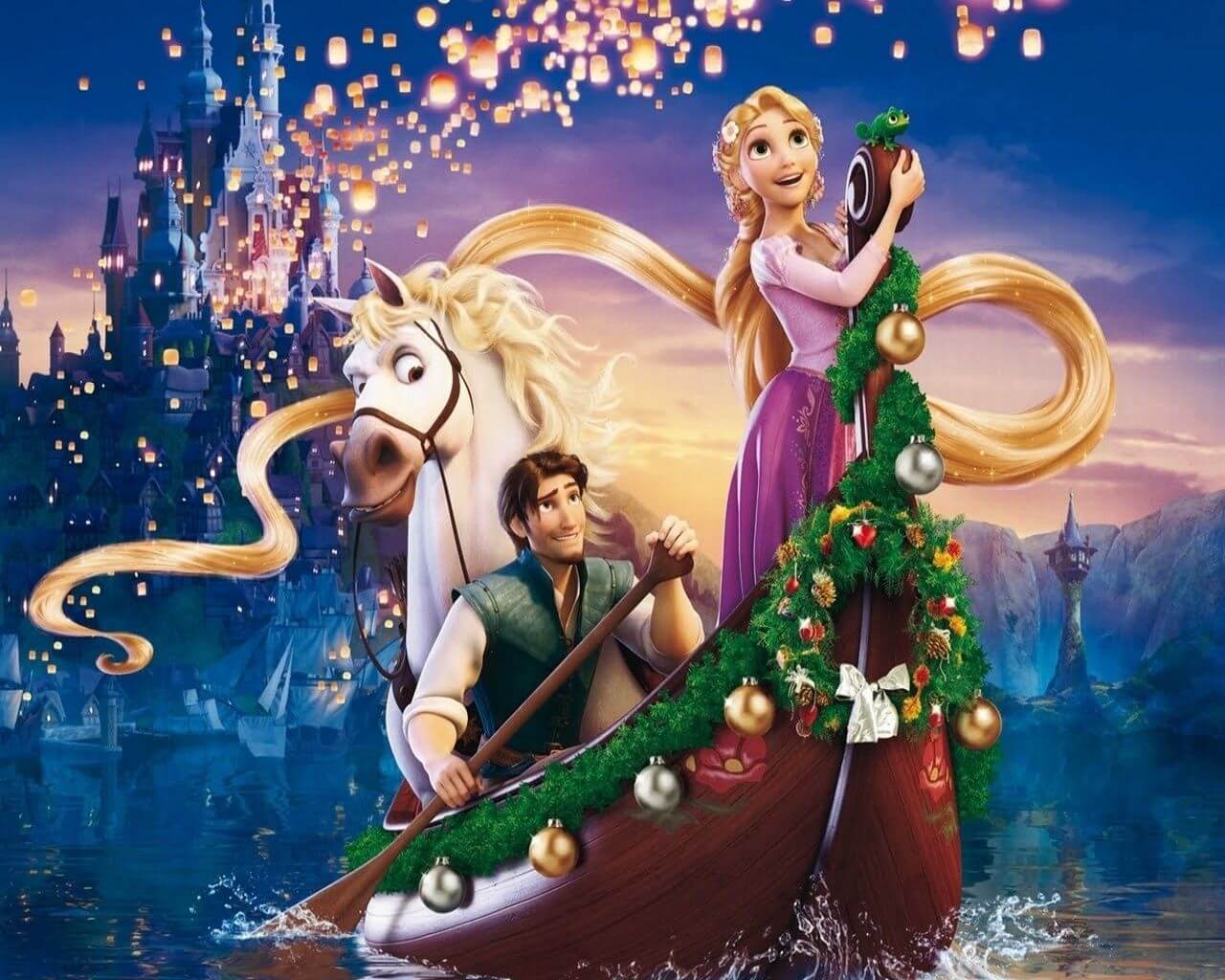Results
-
£32.95
Last of the Summer Wine - Hazelhurst
Estimated dispatch 5-14 working days
-
 £92.00
£92.00The Last Rose of Summer (Die letzte Rose) - Friedrich von Flotow
Estimated dispatch 5-14 working days
-
 £30.60
£30.60 -
 £19.60
£19.60LAST ROSE OF SUMMER (Partitur/Score) - Traditional - Huonder Ivo
Estimated dispatch 7-14 working days
-
 £50.90
£50.90GREEN LEAVES OF SUMMER, THE (Brass Band) - Tiomkin, Dimitri - Fernie, Alan
Easy
Estimated dispatch 7-14 working days
-
 £32.95
£32.95LAST OF THE SUMMER WINE (Brass Band) - Hazelhurst, Ronald - Rumford, William
Estimated dispatch 7-14 working days
-
£28.00
-
 £29.50
£29.50Bolsover Castle - Gavin Somerset
This work was commissioned by the Bolsover International Brass Band Summer School in memory of David Morris, a valued member of both the Summer School and Festival of Brass team. The light-hearted, traditional style March is playable by most levels of bands and following its popularity, has been declared the BIBBSS's signature tune. A donation from each sale of this title is being made to fund the 'Dave Morris Bursary Fund', to aid young people that need financial support to attend the Summer School. Course leader, Steven Mead describes the work as, "A really outstanding composition, based on the traditional March format, but with a freshness and excellent thematic material. It is a brisk march in 6/8 that is a delight to play and to listen to."
In Stock: Estimated dispatch 1-3 working days
-
£37.50
Brass Monkey's Selection II - Various
This selection contains four cracking little pieces from the pen of Jonathan Bates, Liam Riley and Martin Geovess. Each piece poses a different challenge for your training band, whilst ensuring they're fun to play and great to listen too. Jonathan Bates composed the 'Summer Hymn' and 'White Rose Dances' after being commissioned by the Deepcar, Thurlestone and Skelmanthorpe training bands for a massed event and are now available within this publicationaASONG OF THE VOLGA BOATMENSUMMER HYMNWHITE ROSE DANCESWENSLEYDALE RAG
In Stock: Estimated dispatch 1-3 working days
-
 £29.50
£29.50I See The Light from 'Tangled' - Alan Menken - Adrian Horn
Disney's take on the story of Rapunzel saw veteran Disney composer, Alan Menken score the film and from it, came the hit, 'I See The Light'. A lyrical ballad, out of all the tracks produced for the film, Alan stated that this was his favourite of them all. Now arranged by Adrian Horn for solo cornet and band, this release is perfect for soloists looking to perform something popular with general audiences of all ages. With little in the way of technical difficulty, this would be a great item for younger players to enjoy. One not to be missed this Summer.
In Stock: Estimated dispatch 1-3 working days
